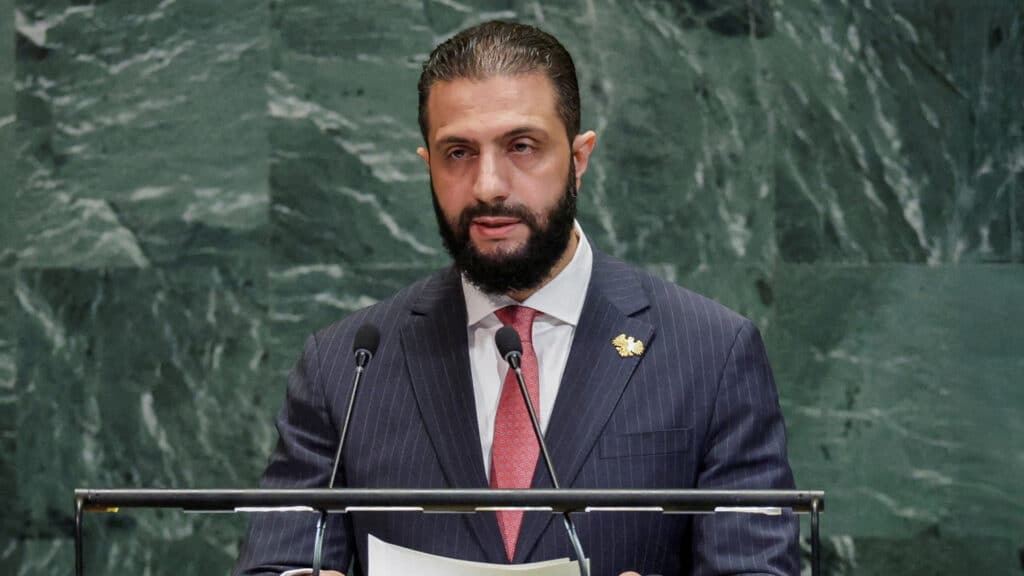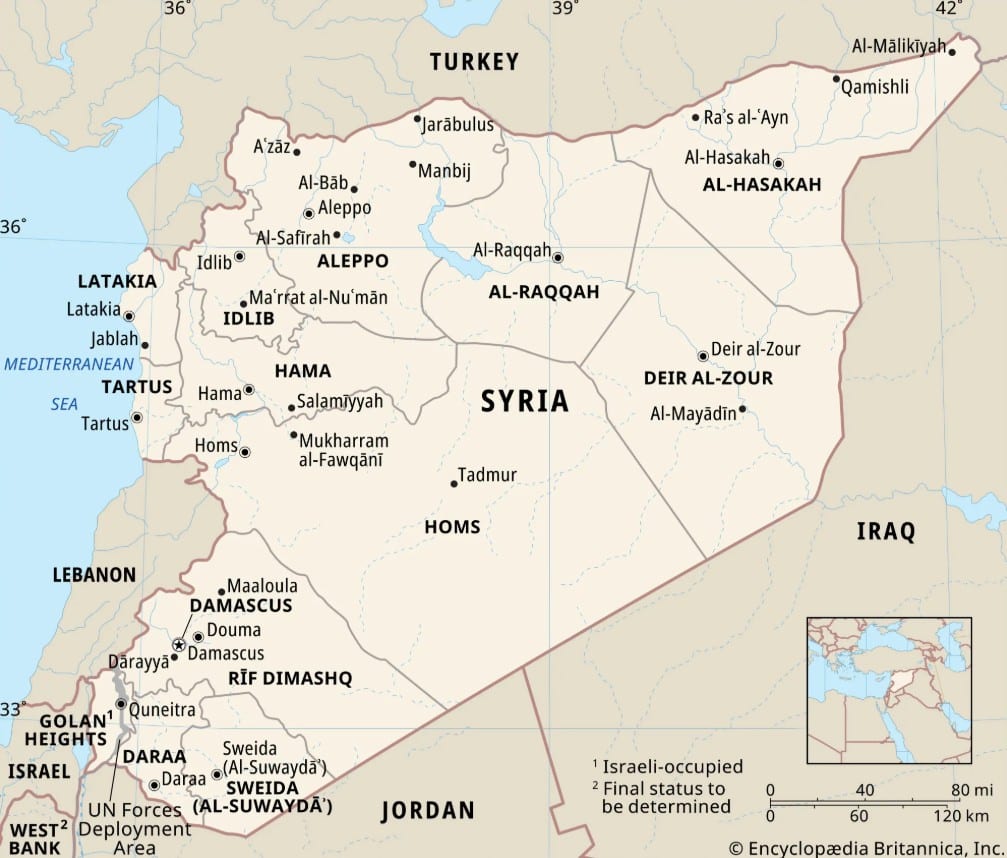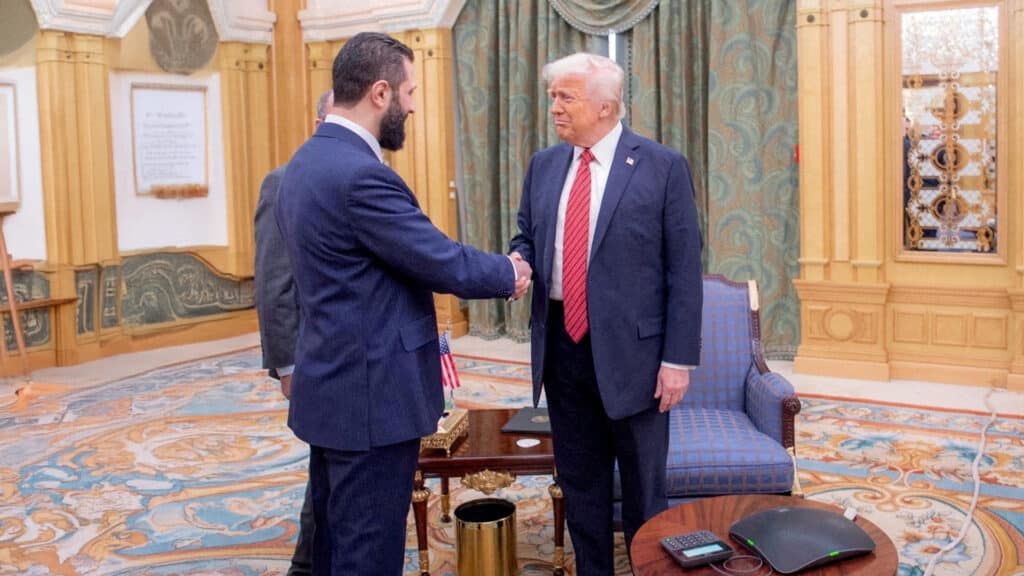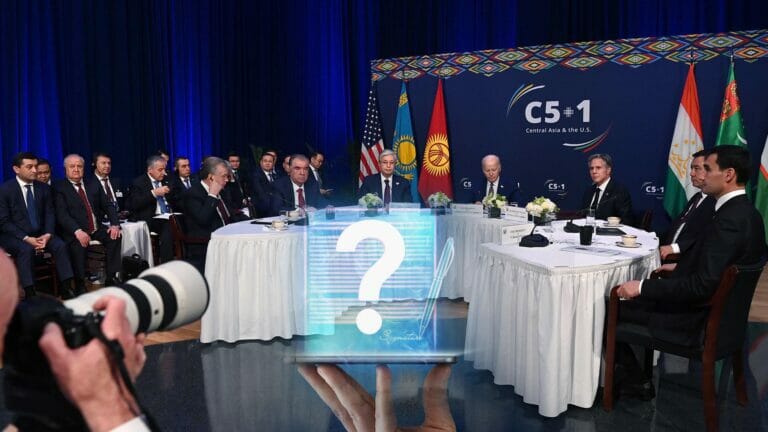
Just a year ago, Ahmed al-Sharaa was a wanted man with a $10 million price on his head. This week, the Syrian president walked through the doors of the White House, becoming the first leader of his country to do so since Syria declared independence in 1946 — a striking symbol of his dramatic political reinvention. What do we know about him?
Origin and education
Ahmed al-Sharaa was born in 1982 in Riyadh, Saudi Arabia, where his father, Hussein al-Shaara, a specialist in oil production and refining originally from Syria’s Golan Heights, was working at the time.
The family returned to Syria in 1989, during the rule of President Hafez al-Assad. Hussein al-Shaara was appointed as an oil industry adviser to the Syrian government, and the family settled in an upscale neighborhood of Damascus.
After completing high school, Ahmed enrolled at Damascus University, majoring in media communications. During this period, he frequently traveled to Aleppo — one of Syria’s largest cities, located about 45 kilometers from the Turkish border — to attend sermons by Imam Mahmoud Gul Aghasi, who preached «holy war,» or jihad, against nonbelievers.

According to Arab media, the Second Palestinian Intifada (the 2000–2005 uprising against Israeli occupation) had a strong influence on al-Sharaa’s worldview.
In the ranks of radical organizations
In 2003, before completing his studies, al-Sharaa joined al-Qaeda in Iraq to fight U.S.-led coalition forces following the invasion of Iraq. During this time, he adopted the pseudonym Mohammed al-Julani, meaning «from the Golan Heights» in Arabic.
In 2006, U.S. forces captured him, and he spent five years in various Iraqi prisons. After his release in 2011, al-Julani returned to Syria, where mass protests against President Bashar al-Assad’s rule were escalating into a civil war. He went on to found and lead al-Qaeda’s Syrian affiliate, Jabhat al-Nusra.
In its early years, the group reportedly received support from the Islamic State of Iraq and the Levant (ISIS). Jabhat al-Nusra later broke away from ISIS, abandoning the idea of establishing a global caliphate and instead focusing on consolidating power within Syria.
The U.S. State Department designated Jabhat al-Nusra a terrorist organization in 2012. A year later, it added Mohammed al-Julani to its list of Specially Designated Global Terrorists. In 2017, the U.S. announced a $10 million reward for information leading to his capture. In November 2025, the U.N. Security Council and the U.S. government removed al-Sharaa from their respective sanctions lists related to terrorist activity.

Rise of Hayat Tahrir al-Sham
In 2017, Jabhat al-Nusra reorganized as Hayat Tahrir al-Sham (HTS), bringing together militants from various factions who had been pushed into Idlib province by Syrian government offensives. HTS declared its goals as overthrowing Bashar al-Assad, expelling Iranian-backed militias from Syria, and establishing an Islamic state.
From 2018 to 2024, al-Julani led the HTS-controlled government in Idlib, overseeing the administration and development of the region. Turkey provided informal military and economic backing to his administration.
Rise to power in Syria
On Dec. 8, 2024, Syrian President Bashar al-Assad resigned and fled the country after HTS forces and opposition groups led by al-Julani seized major Syrian cities, including Damascus, within two weeks with little resistance.
After taking de facto control of the country, al-Julani publicly abandoned his jihadist alias and introduced himself to the media by his real name, Ahmed al-Sharaa.
On Jan. 29, 2025, the new Syrian authorities appointed al-Sharaa as interim president. He said the country’s political transition period is expected to last four to five years before national elections are held.













